Many green people cheered the EU´s decision a few days ago when it was made a solid law that no new private car in the EU can be registered after 2035 with an internal combustion engine. That being put into law, it´s the death of the engine invented by Nicolaus Otto some 150 years ago. Only full electric cars or cars powered by alternative, so called “green” fuels (like Hydrogen) are allowed to be registered. Car makers, who have by far their biggest market in private mobility, are now forced to extensively invest in new propulsion technologies. Well, I do not want to discuss the political, economical or societal impact of this decision here, but took this groundbreaking decision to ask around in the boating industry if – and if yes, how – this decision has an impact on yacht-technology.
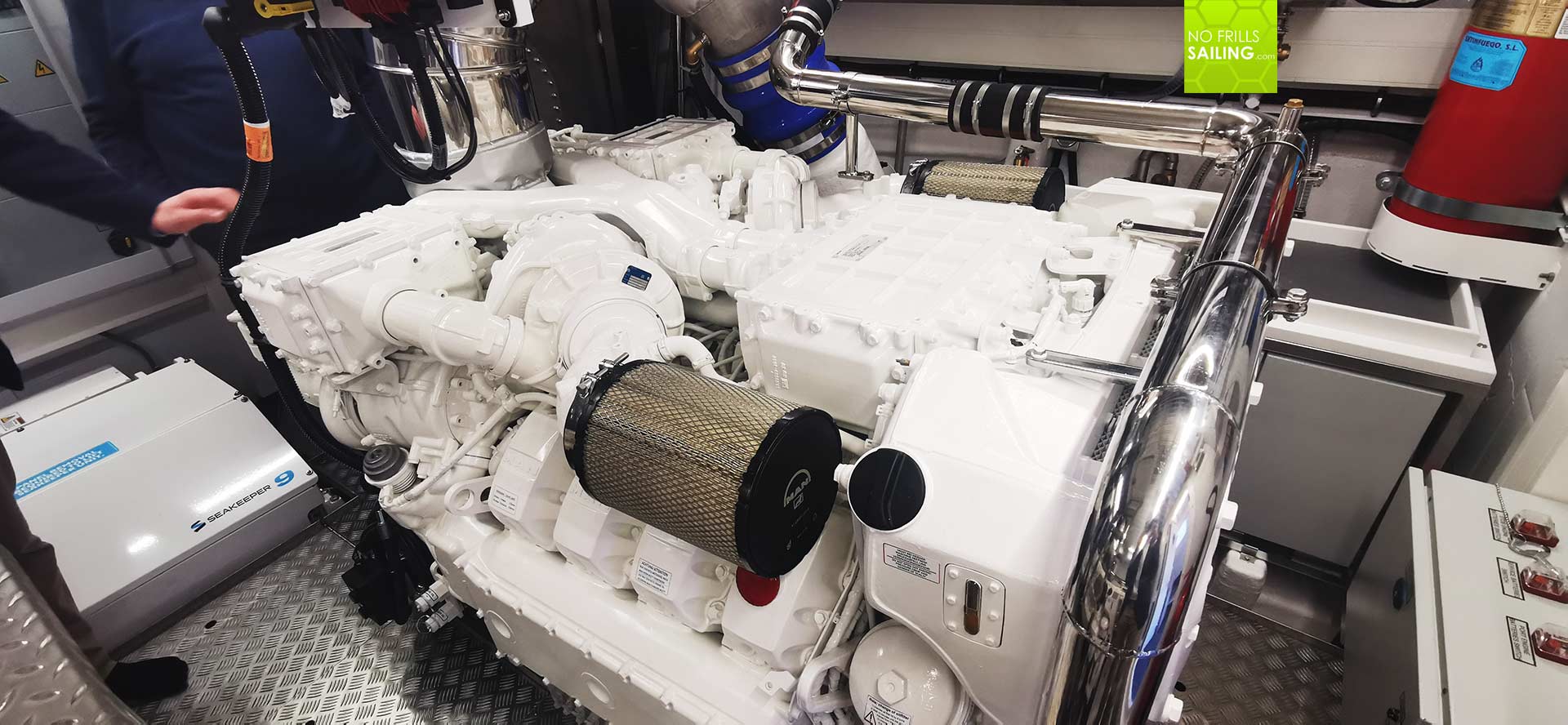
The Diesel engine, patented 23rd February 1893 by Rudolf Diesel, is since then a very reliable, efficient, strong and economical propulsion technology for ships. It quickly replaced the highly inefficient petroleum- and steam-engines, saved so much space in the ships and made shipping cost-efficient. A boost for worldwide shipping and economic development, in our modern sailing yachts, the Diesel engine is a very powerful and reliable source of propulsion, hot water and electricity. Now, is there any influence of EU´s core-shaking engine-out?
Magnus Rassy: “I don´t see it changing in the near future”
I sent an email to many of my contacts in the boating industry – right the day after the parliament´s decision was on the news. Strangely, none of my dear contacts, who otherwise freely and openly talk about different yachting topics, sent an answer. None, but one: Magnus Rassy, CEO of Hallberg-Rassy. This fact alone is kind of remarkable, I´d say. Sometimes saying nothing says it all …
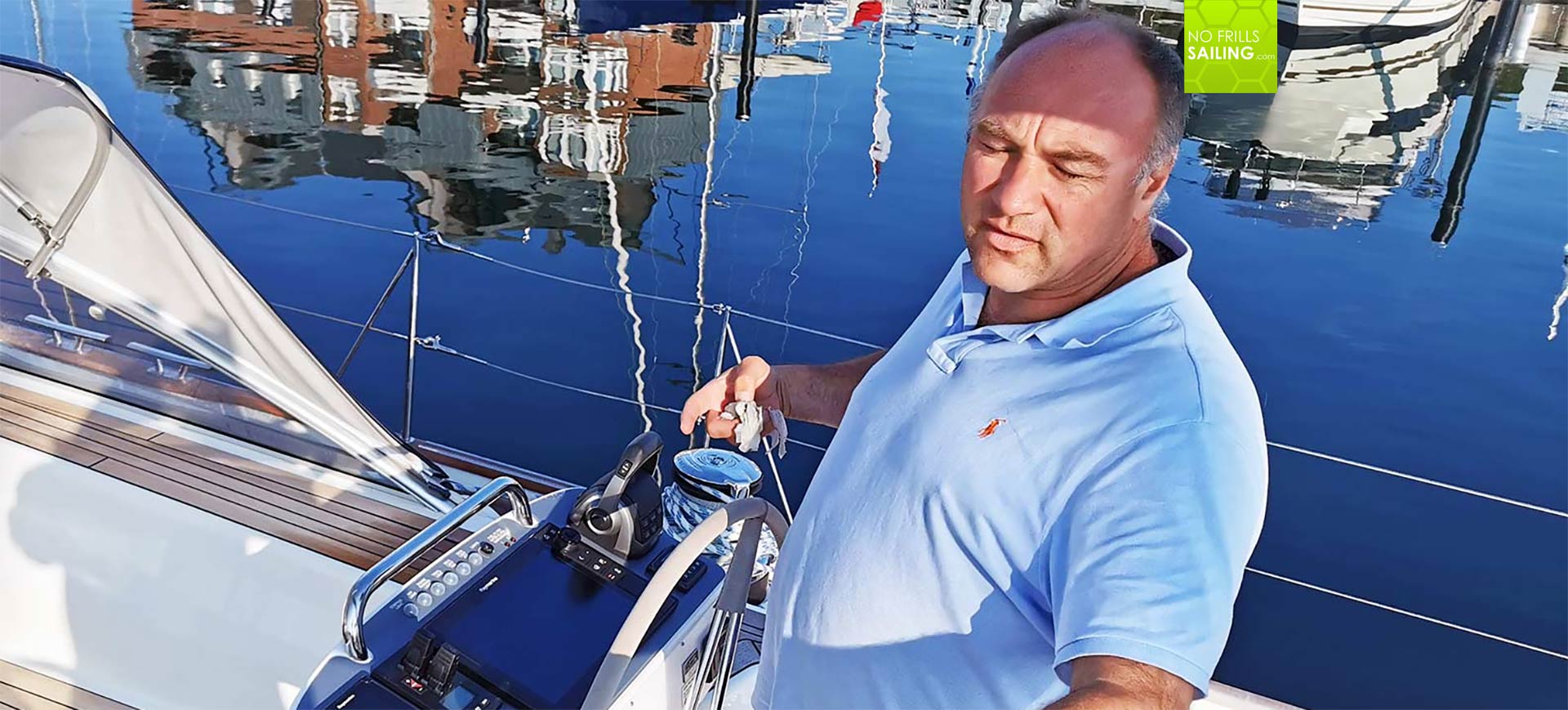
I asked how the parliament´s decision might change the development of new boats and yachts of their respective yachts in the future. Magnus answered: “Not much. I am a big fan of electric vehicles for the road myself, and drive only electric cars since six years now. But as a propulsion for long distance cruising yachts like ours it looks different. The charging infrastructure is not there, and a sufficient range is not there. For daycruisers and small tenders there are good solutions already today, but not for a long distance cruiser like a Hallberg-Rassy. Hybrid solutions as of today also have issues with the efficiency in the way you would really like to use the boat. But the development within electric cars does also drive the move to lithium ion service batteries in yachts as those efficient batteries get even more efficient. And one day development of electric propulsions for long distance cruiser may also be there, but it is for sure not just around the corner.”
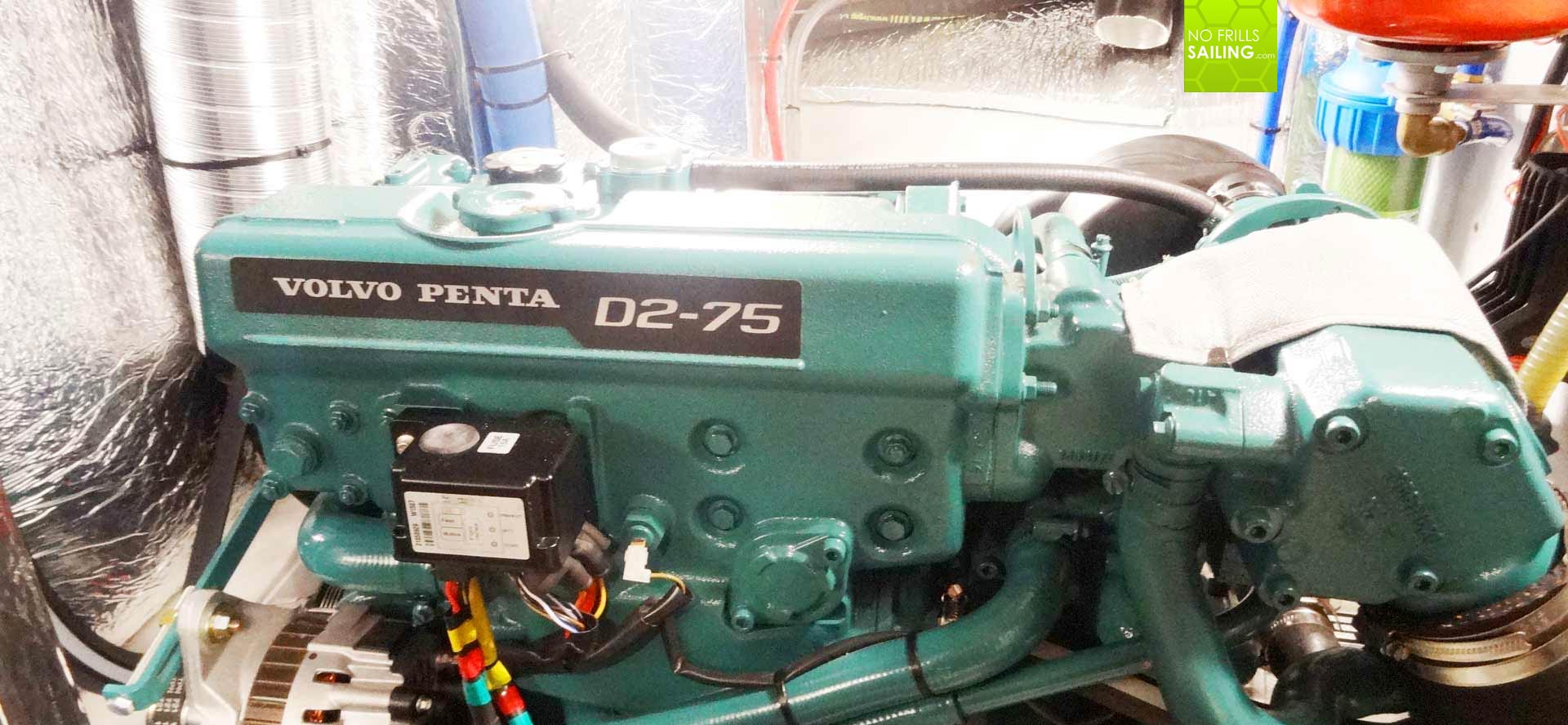
Well, surprisingly familiar, this opinion, to current discussions around electrification of private car-traffic, I´d say. Rassy also, asked if he sees a technology coming up the horizon that could replace the Diesel engine: “The advantage with Diesel for a long range cruiser is the unsurpassed range. Also, you have a worldwide infrastructure to get the fuel needed. That is, for me, the challenge to achieve anything nearby for electric propulsion.” So, it´s not so much the propulsion technology, but the infrastructure? Does Magnus Rassy see something changing in the near future? “I don’t think so. I cannot give a time frame because the development of the charging infrastructure and/or the efficiency of the setup is in the hands of others, not the boating industry.”
Hybrid and full electric boats: First steps
Hallberg-Rassy of course makes long range blue water cruisers and I would 100 per cent agree with Magnus´ assessment. But, looking at inshore sailing and coastal day cruising, there are already many boats featuring hybrid or full-electric solution on the market. Take my own GEKKO: She is a full electrical powered sailboat featuring no internal combustion at all. The boat has a big Lithium-battery, a modern electric main drive and a powerful photovoltaic setup for “green” reloading.

Many inshore sailing areas, mainly lakes, already have laws forbidding the utilization of internal combustion engines and I am sure many more lakes will follow suit. Companies around the world are already specialized in manufacturing alternative propulsion for boats or full-electric boats. I do see a big market opening up and I can say that my own company sells 19 out of 20 Beneteau First-boats with electric engines. So, the revolution is already here, long before the EU´s latest law made headlines.
Big boats and big brands follow
I was a bit disappointed that my “own” brand Beneteau did not answer my call for an interview, but I guess that had something to do with ongoing stress and hustle regarding delivery issues and current stressed market situation. I was disappointed because I know that Groupe Beneteau – market leading in pleasure craft manufacturing and sporting a dozen of big brands in the business – does indeed go forward and is investing loads of money and resources into “going green”.
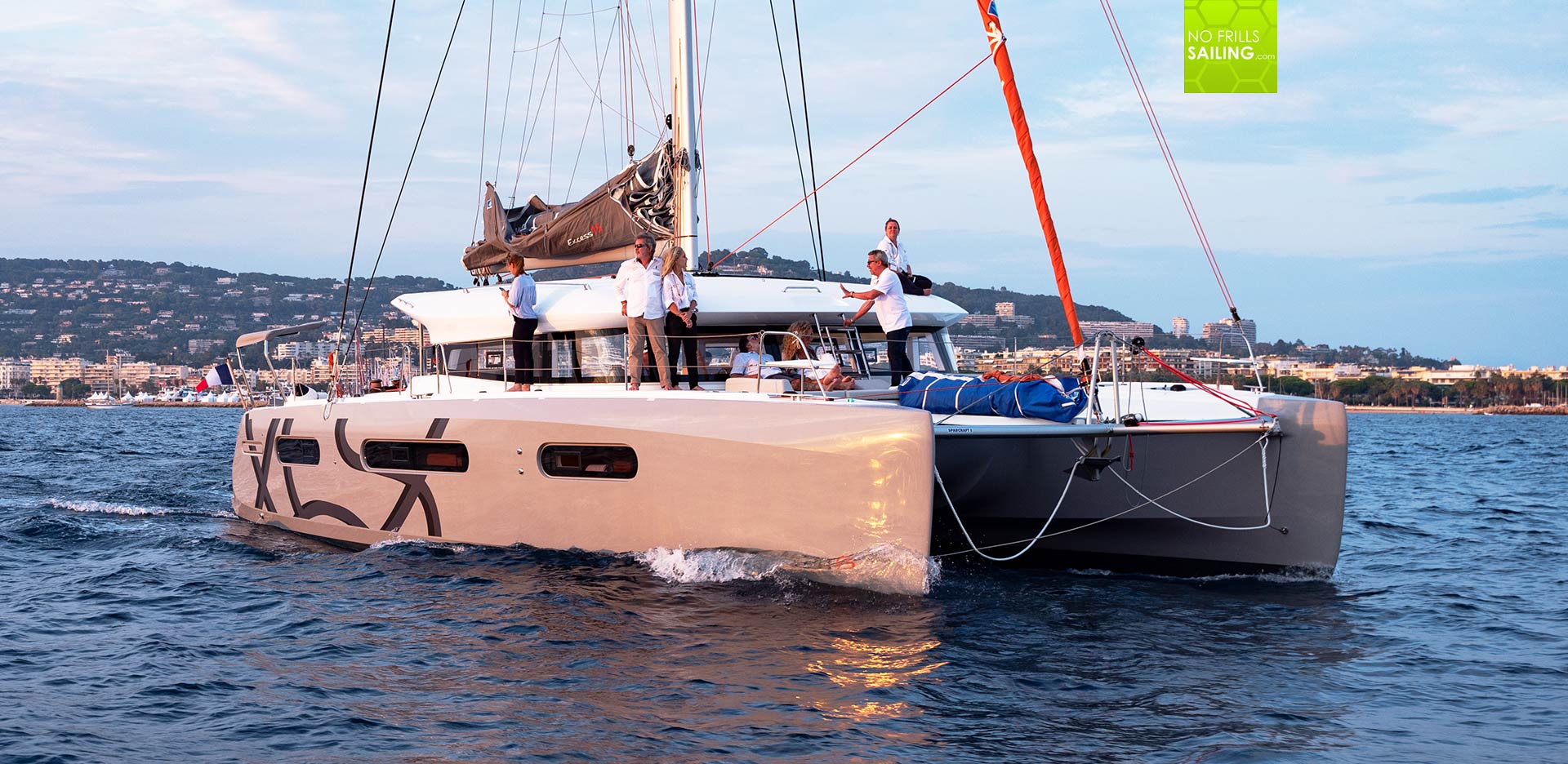
For example, the catamaran brand Excess does have one of their 50 feet flagships equipped with two big electric Torqeedo engines, a powerful battery system setup by German carmaker BMW (and a small generator system for achieving hybrid autonomy). This Excess 15 “E´LAB” A testbed, for sure, but a clear manifestation of the Group´s determination to not just greenwash their business but to find a sustainable, realistic business model for a greener boating business.
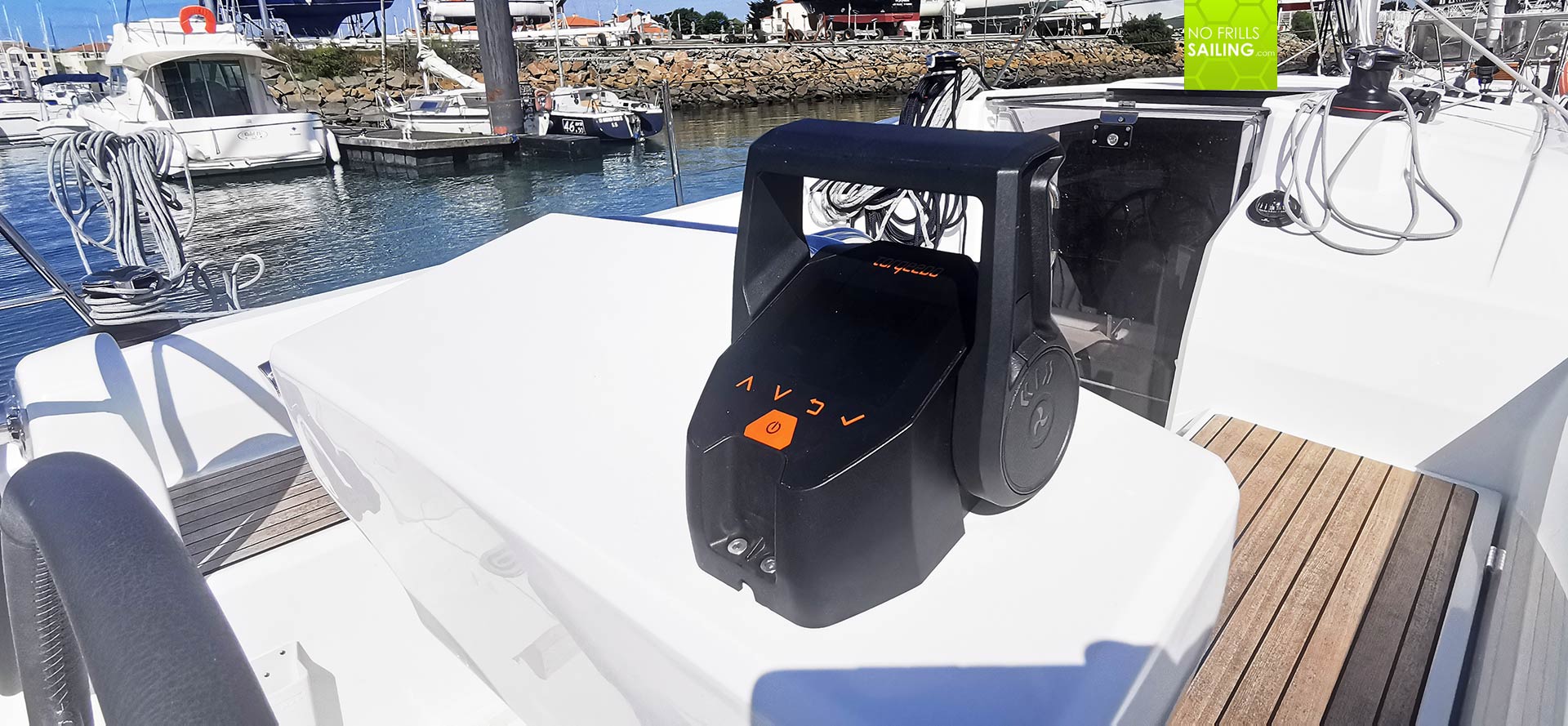
Already in series production and available as a “normal” product is Beneteau´s Oceanis 30.1 e – a full electric version of the entry level cruiser. Also powered by Torqeedo technology, the boat features a high-capacity pod drive powered by two WH 48-5000 LiIon-batteries. The boat is permitted in Cat C areas, that is inshore, lakes. I´ve seen the prototype, which was more than a year ago, in Les Sables. After more than one year of intensive testing, this 30.1 e is now available for customers and will surely be evaluated for commercial success as the first “big” boat with alternative propulsion technology.
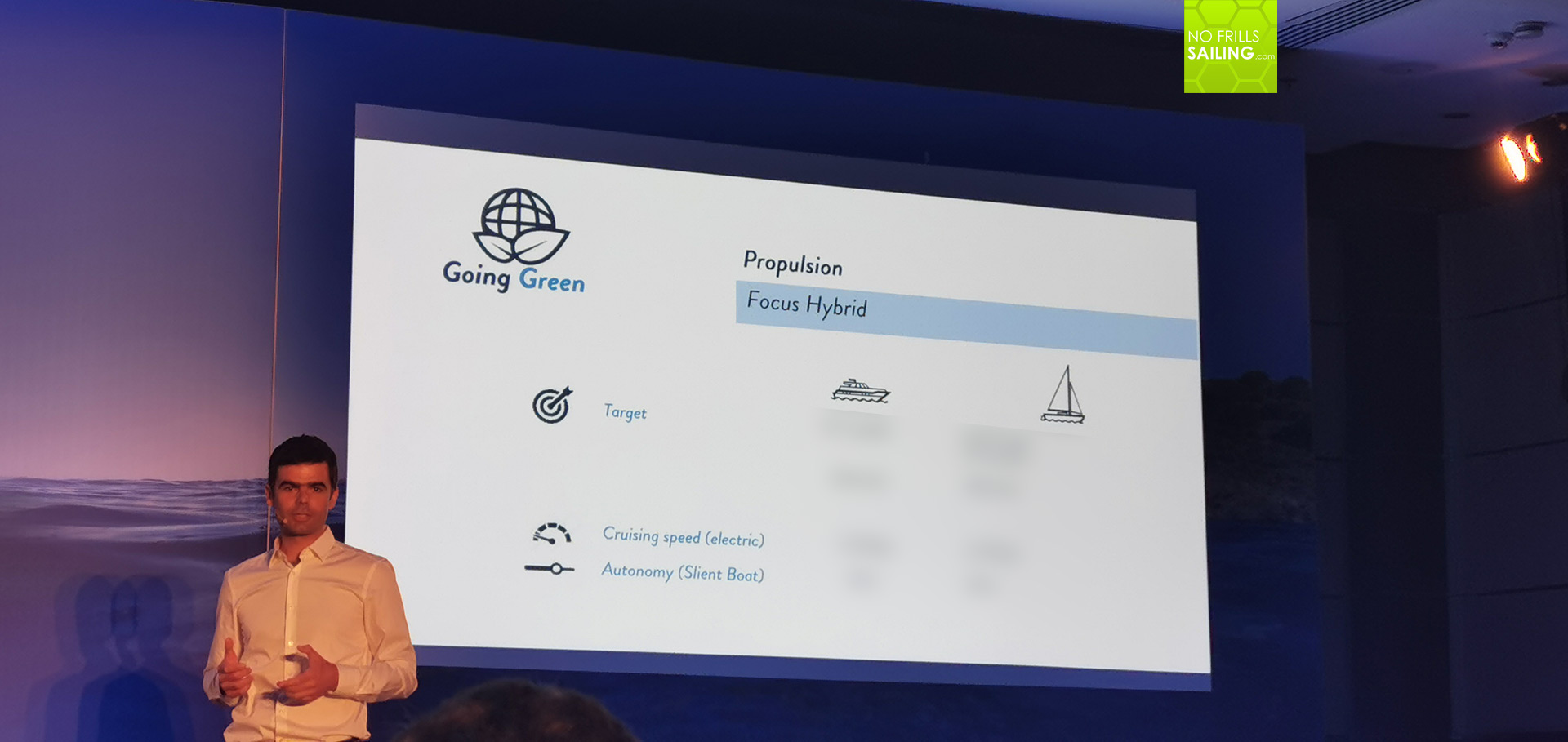
Beneteau has a clear vision and a solid plan to “go green”, as we have been showed to during last dealer´s meeting a few weeks ago. The company does not just limit its plans to propulsion, but a 360 degree plan to change the industry and its products from the core: This implies the introduction of recyclable resins for infusion and lamination of hulls (which in itself would be a revolution!), recycled and recyclable foam core materials, electric or hybrid propulsion technology as said and also materials of the sails. Not a plan, not a PR-joke but a true roadmap with clear milestones and targets.
My personal opinion: Going green out into the Blue?
This is all very ambivalent to me. As an “electric skipper” myself, I know what it means to go full electric: The very limited range of the batteries changed the way I sail fundamentally. The way I compute during sailing, the way I plan ahead and the way I run the boat. I fully agree with Magnus Rassy, that in offshore sailing the Diesel engine still is unmatched in reliability, power and efficiency. See, the new Oceanis 30.1 e will have a range of 12 nautical miles at moderate speed with one battery, 24 miles with two batteries: Okay for lakes, a safety concern when going offshore.
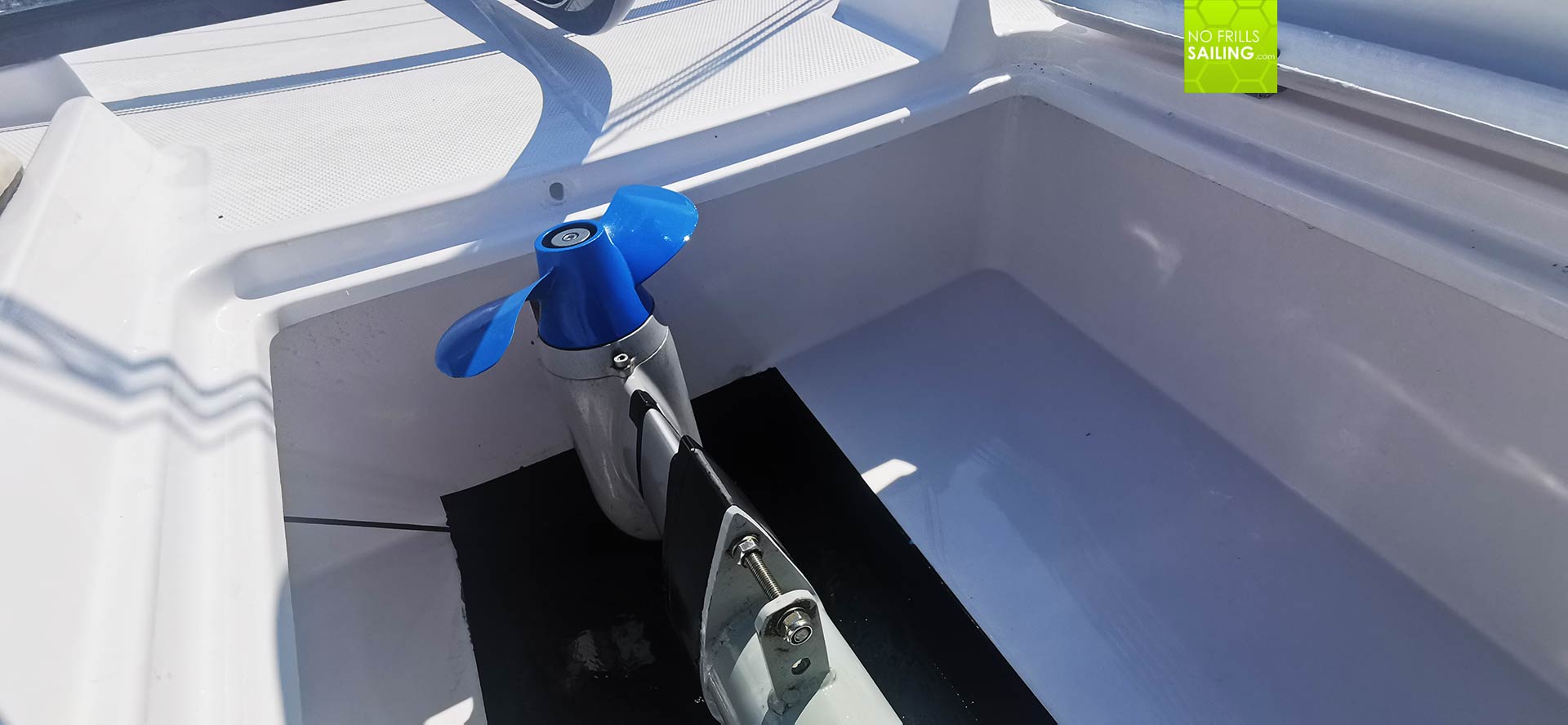
Like with cars, I do not think that hybrid is the right way: Replacing a powerful main Diesel engine by electric drives but relying on a smaller Diesel engine in form of a generator is … stupid. In my eyes, this is greenwashing. Solar and wind is far too less power generated to replenish batteries fast and reliable. Hydrogen or fuel cells may be a way to go, but we lack infrastructure and products. So it´s still a long way to go and I think we will enjoy the convenient push of a simple button to turn on the unkaputtbar Diesel engine for quite a long time to come. What´s your opinion?
Other related articles that might interest you:
Teak is o longer an option
Sustainable boat building: Is this even possible?
Going Solar: Utilizing the Power of the Sun
